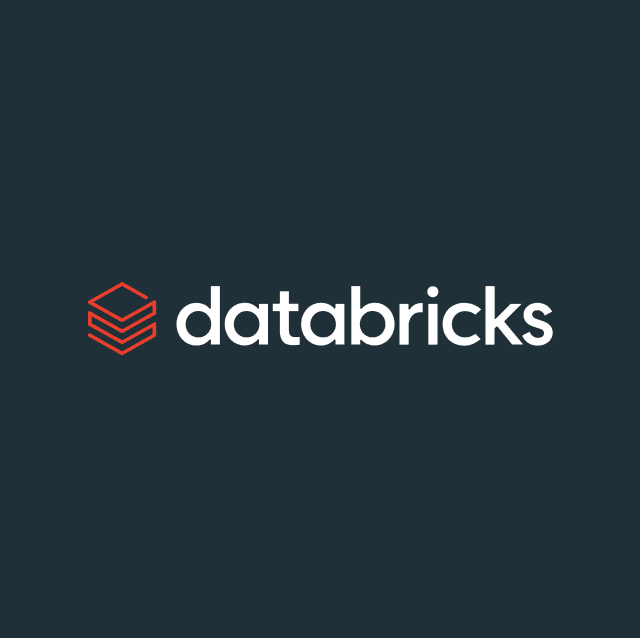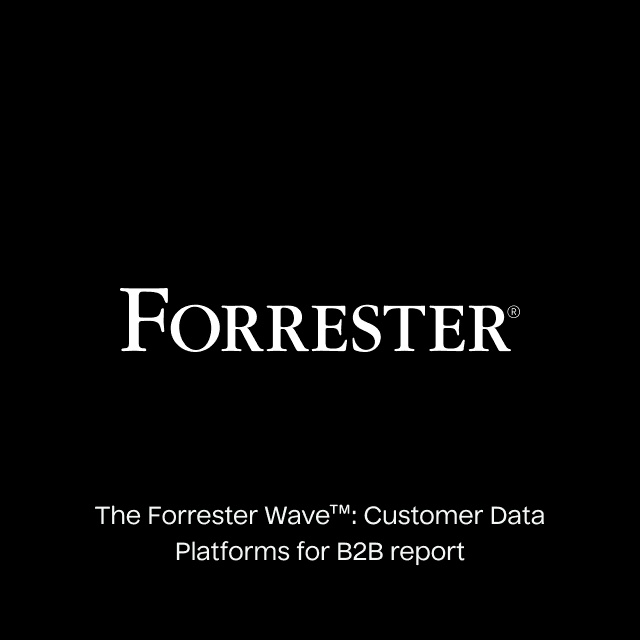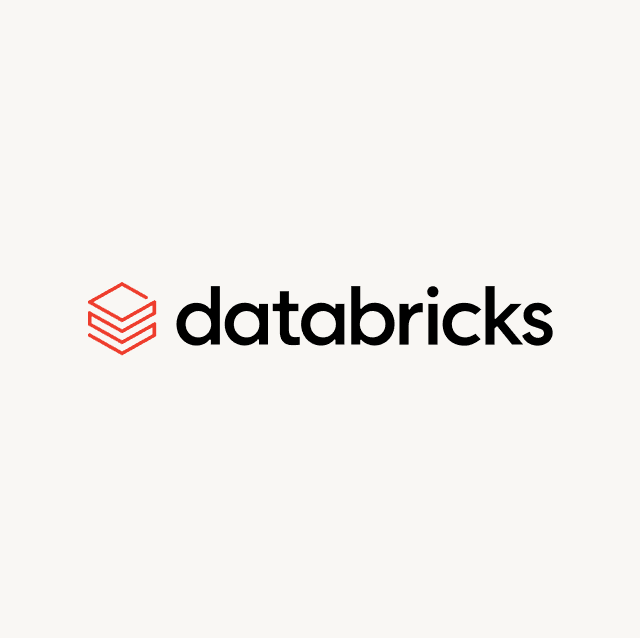There is a massive drive for companies to become data-driven. In a NewVantage report, 99% of businesses are actively investing in Big Data and AI. The problem is most of this data only ever lives in a dashboard or static report. It's easy to generate analytics to help decision makers, but using that information to drive action is another challenge entirely, which is why actionable insights are so important.
This article will cover what actionable insights, how you can generate them, and applicable use cases where you can apply them.
What Are Actionable Insights?
Actionable insights represent any data point that allows you to take meaningful action. The purpose of actionable insights is to go beyond analytics so your business teams can drive action that achieves positive business outcomes.
It’s common for data to just stop with reporting. But trying to turn insights into action usually ends up with a request for a static CSV, which can make it out of date as soon as it’s pulled. And involves the work of importing the data into another system to use it.
Actionable insights eliminate the need for CSVs and sends the data you need directly to the business tools you use.
Typically an actionable insight represents any data model in your data warehouse that has an application outside of a report. A data model is used to showcase a specific point using a collection of different data points. For example, a churn score is a model showing how likely a customer is to churn. This is based on applying scores based on specific actions.
Generating Actionable Insights
The starting point of actionable insights is data creation. Data creation happens in the different data sources within your company. It could be customer data in your CRM or marketing data from your ESP, such as email open rate and clickthrough data.
That data then needs to be transferred into a data warehouse. You use data pipelines to extract and transform data so it's accessible in a format that analysts and engineers. You can then model and transform that data to answer important analytical questions. The answers to those questions are presented in dashboards and reports in business intelligence tools to show useful insights.
It's at this point that the data stops. You have the insights, but there is yet to be a next step. There is no real way of taking action, which is the purpose of actionable insights. It allows you to use the insights data and move it to the teams where they can use it.
The process of data activation is the key to driving actionable insights. It can help get data such as abandoned cart data into ad platforms to perform retargeting campaigns. Or sending churn score into a tool like Zendesk so the customer support team can prioritize tickets.
Types of Actionable Insights
Within your data warehouse, many different types of actionable insights can help your business goals. Below are some examples of the actionable insights you may find:
- Product data: this could be active workspaces, last login date, number of page views, or items in cart.
- Marketing data: this could be the number of impressions, clickthrough rate, conversion rate, or email opens.
- Sales data: this could be deal size, the type of industry, company size, job title, or the number of active deals.
- Support data: this could be the number of tickets, the time of resolution, or the ticket level urgency.
- Finance data: this could be revenue, the subscription type, ARR, or MRR.
Actionable Insights Use Cases
There are many ways you can use actionable insights to benefit your company. Here are some use cases that are powered by actionable insights.
Retargeting Campaigns
There are many reasons for launching retargeting campaigns. It could be to re-engage inactive users of your product or app or reach people who have placed items in their cart, but have yet to buy. Getting this data into your ad platform can help you create campaigns to try and win them back.
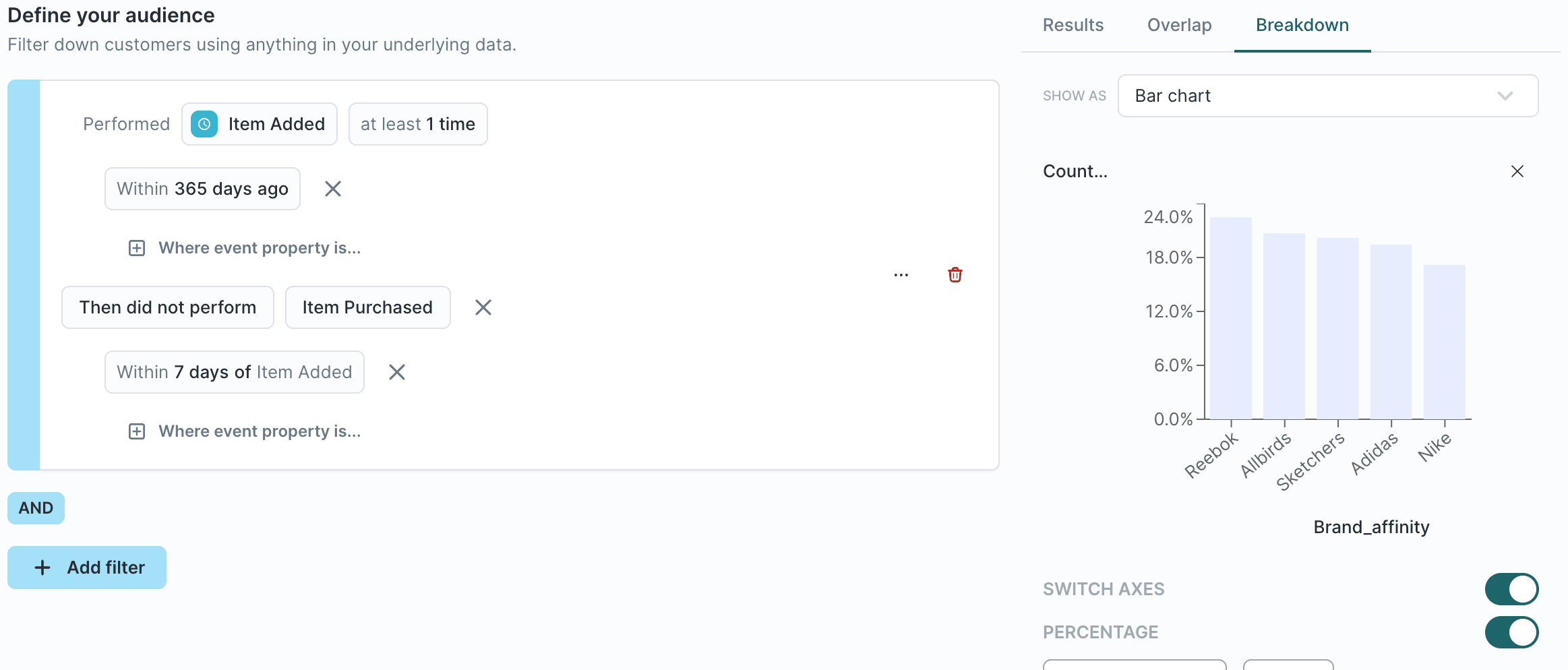
Product Usage Data
It can be beneficial to get product usage data directly into Salesforce. Information about product usage can give the sales team an understanding of how customers use the product. This information can help the sales team know the best way of steering future conversions to increase the chance of a conversion.
Lookalike Audiences
Being selective about who you show your ads to on ad platforms can help with your return on ad spend. If you attract customers who are more likely to spend more money, this will increase your ROAS.
Lookalike audiences can assist you with this. Most ad platforms allow you to create lookalike audiences. They take a seed audience, and the ad platform shows your ad to people similar to that audience. That means you could create a seed audience of high-spenders, and the ad platform will show ads to similar new customers.
Automate Google Offline Conversions
Providing as much feedback on conversions to ad platforms can help them learn to optimize ad spend. Online conversions are relatively easy to track, but offline conversions are often overlooked.
The uploading of offline conversions usually looks like CSV manipulations and CSV uploads, which sometimes come burdened with alarms set at the weekend to ensure data is up to date. Being able to send that information automatically means that your conversion data is up to date without lifting a finger.
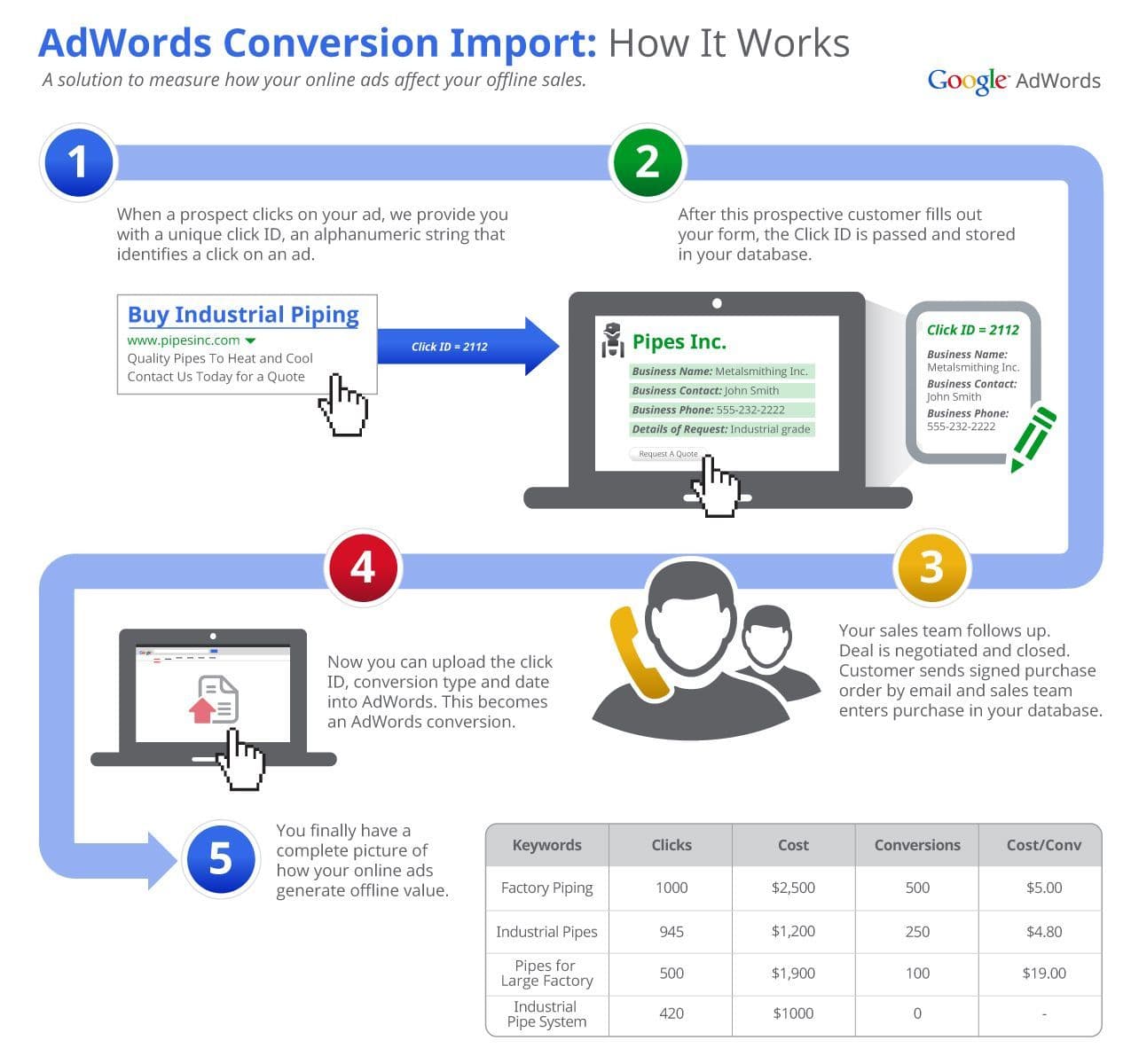
Benefits Of Actionable Insights
Now you know it’s possible to get more value out of your data by utilizing actionable insights, here are three main benefits you can gain from them; team alignment, personalization, and outcomes.
Team Alignment
It can be confusing if each department works from its own data source. Each department's data may not be as up-to-date as others or missing important information that hasn't been shared.
With all the data coming into your warehouse, you have one location where you have a single coherent customer record. When you move that data into the tools your business team uses, you can be confident that they are looking at the same definition of the customer.
If you send LTV to multiple places LTV, you know it's the same wherever you look at it.
Personalization
You can find many different insights from work conducted by a data analyst in your data warehouse. It could be looking at which features customers are interested in or how far customers are in the buying journey.
Taking these insights and creating custom audiences (through a tool like Customer Studio) can help power personalized marketing campaigns. It could be sending emails highlighting the benefits of certain features to customers who have shown interest in them. Or creating audiences from customers at certain stages of the buying journey to target with ads.
Invesp reported that 75% of customers are more likely to buy based on personalized recommendations, so whatever method of personalization you use, it’s clear being able to create a custom audience will help your customers convert better.
Outcomes
Actionable insights can have different outcomes depending on the departments within your business. Below are some possible outcomes when utilizing actionable insights within a department.
- Sales: Actionable insights help sales with data enrichment. It means that the sales team has access to more information about a customer right within their CRM rather than looking for it in the warehouse or requesting that data. Some valuable data for the sales team could be product usage data (last login date, workspace created, number of active users, lead scores, churn scores etc). All of this can arm the sales team in knowing what the next step may be for the customer.
- Marketing: As mentioned above, actionable insights can help create custom audiences for delivering a personalized message. It can also send custom audiences to produce a lookalike audience in ad platforms. Or create a suppression audience to exclude buyers from retargeting adverts.
- Customer Support/Success: Actionable insights can help customer support and success know what customer to prioritize. Having information such as what stage a customer is in the sales cycle directly in their support tools can help make informed decisions on what customers to work on supporting next or when to escalate customers to the next level of support.
Getting Started
Your data is priceless, but it only provides value if you do something with it. Actionable insights are the final steps of your data strategy, where you put the data to work and create tangible results.
Hightouch is the perfect solution to help achieve actionable insights. Hightouch is a Data Activation platform powered by Reverse ETL that enables you to take data from your warehouse and transfer it into your business tools so you can fuel your retargeting campaigns, create lookalike audiences, empower your sales team with enriched data, and automate your offline conversion uploads. You can sign up for free and book a demo.










